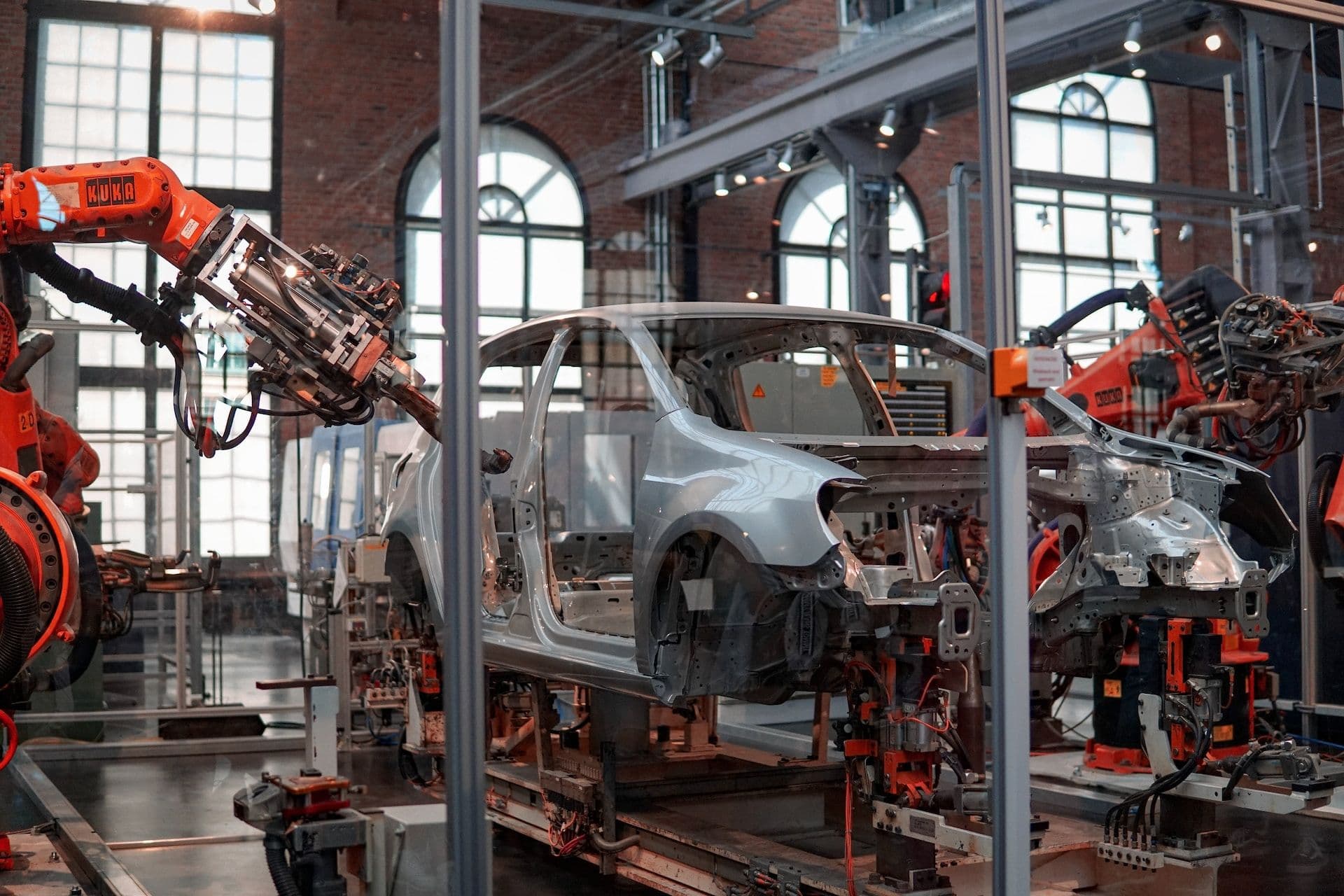Revolutionizing AI Sustainability
Multiverse Computing solutions in AI have a clear fit with the needs from AI challenges. Left at its own, AI is going to burn the world by consuming intolerable levels of energy.
Quantum-Inspired Tensor Networks
The reason for this is that the computational cost of deep learning is exploding. The last training rounds for LLMs cost $100M, and this cost is doubling every 10 months. Projections show that we won’t be able to adequately train AI models without a technological paradigm shift, supposing we have enough data for training.
Transforming AI Efficiency
This is where Quantum-Inspired Multiverse Computing’s Tensor Networks can help: we have shown our tensorized models can train faster, use less data, and need lower power to run. >1000x accelerations are possible now. This is disruptive for high-power applications, like machine vision and Large Language Models. It is also crucial for running these technologies on the edge, making tensorized AI unavoidable for autonomous vehicles.

Large Language Model Compressor
The size of current LLM models prevents them from being used in some memory-starved and processor-starved locations. By tensorizing the model, locating the relevant and not-so relevant parts of it and compressing it, Multiverse Computing can achieve significant reductions in size wwithout significantly compromising performance. This is an ongoing project, but you can play with the current solutions if you wish.

Large Language Model Lobotomizer
We know how to make an LLM learn, but not how to make it forget something. This is currently achieved by putting post-training filters that experience show that can be bypassed. The Lobotomizer tries to achieve a different goal: take a full, trained LLM model, tensorize it and take out the connections related to some knowledge, while minimizing the impacts on other useful knowledge, without the need of a costly retraining. This is an ongoing, advanced, exciting project.

Local Weather Forecasting
We have global and local weather predictions. But adjusting the local ones to be more precise is of particular relevance to Wind Farms, for example. A slight improvement in the forecasting may lead to millions of euros in savings, given that these weather forecasts impact directly on the production forecastings and compromises that are sent to the Electricity Network Regulator.

Artificial Vision in Manufacturing
Multiverse Computing has both pure quantum solutions in machine vision, and also tensor networks-based ones that can run on-prem. Those solutions have outperformed what our customers were using, while needing less time to be trained, and giving smaller, faster, and more accurate models. All of this in industrial environments.

Adversarial-generated Threat Intelligence
Multiverse Computing’s algorithms in anomaly detection (included in Singularity), when applied to cybersecurity traffic analysis allow to detect a wider range of attacks and a better characterization of the cyberattack happening. This is best used in combination with honeypots and alikes from other vendors.

AI for Protein Design
Multiverse Computing’s algorithms have been used in protein folding and design processes, particularly in viral vector design. There are future use cases for applying our LLM Compressor to LLM-modified models in this field as well.

AI Trading
Again, the solutions for Multiverse Computing in anomaly detection and forecasting (included in Singularity) have been used to prepare automatic or semi-automatic trading systems for some financial markets (including Forex Trading).

AI on-edge for Autonomous Vehicles
Singularity solutions in Machine Vision applied to on-prem fast retraining and adjusting of AI Vision systems in vehicles. The Tensor Networks solutions in Singularity are best suited to this usage given their faster re-training from multiple streams of data, real-time prediction, and their reduced processing power requirements.

Earth Observation
The solutions of Singularity based in Tensor Networks (also applied in Machine Vision in Manufacturing) are of special interest to satellites and balloons dealing with earth observation. In these energy-deprived computing environments, the need for faster, more precise but less power-hungry computing solutions makes our Singularity on-prem solutions a winning proposal.

Energy Networks Stability
The Green transition cannot be achieved without new computing tools. In no other place this is so true as in predicting the stability of electrical networks, given the relevance of the new sources of not-so-predictable green energy (photovoltaic, wind...) and the higher demands of energy in the extreme climate we are currently facing. Predicting these potential events and proposing ways to cope with the demand are some of the solutions that Singularity deliver.

Catastrophe Prediction
The climate emergency we are living in is delivering a larger number of climate catastrophes (particularly floodings in this case). Helping to forecast them in local or medium-sized environments, and predicting the impact of these potential events is relevant for insurance companies. Singularity has the tools for doing that.

Predictive Maintenance of Football players
The same use case of Predictive Maintenance in Manufacturing, Defense and Healthcare, but applied to Football (Soccer) players. More expensive than a Manufacturing-line machine, and with tons of data including training, speed, food intakes, performance, etc., the goal is to predict -and avoid- when a football player is probably going to have an injury.

Fraud Detection
A classical one. Singularity’s algorithms in anomaly detection can spot the fraud cases in finance, particularly in Credit Card fraud (but can be used also in Anti Money Laundering).

AI in Intensive Care Units
This is a particular interesting use case of Singularity. The very same algorithms of Singularity used in Manufacturing Predictive Maintenance are used in Intensive Care Units in Hospitals. In these ICUs with many beds, tens of connections to sensors in each bed, and sampling by the milliseconds, there is a fabulous amount of data waiting to be analyzed. But you need speed and precision analyzing it, because the doctors managing the ICU are primarily interested in the long-term outcome of the patient: they just want to know which of the patients are going to have a serious issue in the next 30’.